PHT180 Healthcare Research Archive
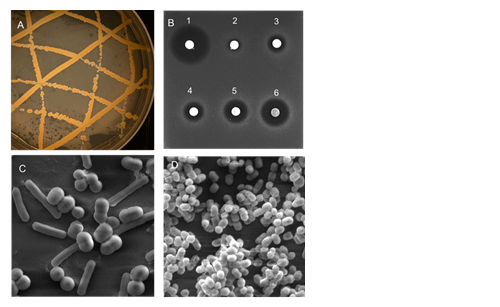
Novel Antibiotic Research
André Hudson, Principal Investigator
Infections from antibiotic resistant bacteria infect 2.8M people globally and if no action is taken, drug resistant diseases could cause 10M deaths annually by the year 2050. Developing novel antibiotics to combat the drastic rise in antibiotic resistant bacteria is a high priority for the World Health Organization. Dr. Hudson’s recent NIH Academic Research Enhancement Award (AREA) (R15) aims to identify and characterize biosynthetic gene clusters and products with the goal of extracting anabolic pathways that may actively kill multi-drug resistant pathogens. Specifically, Dr. Hudson is exploring two rhizosphere Isolates to determine their mode of action(s) and molecular target(s) for antibiotic compounds. With his training as a biochemist with specialization in biochemistry and microbiology, Dr. Hudson has secured grants and contracts from NIH, NSF, Bayer Corporation and more. He is widely published and has presented at dozens of conferences and invited talks.
Additional information about Dr. Hudson’s research can be found at https://www.rit.edu/hudsonlab. In addition, Dr. Hudson is active on Twitter – follow him @HudsonLabRIT.

Digital Therapy Platform Improves Access to Mental Health Care
Cory Crane, Principal Investigator
Cassandra Berbary, Co-PI
Caroline Easton, Co-PI
The need for easy access to mental health care is higher than ever in the post-COVID era. Rural populations face additional barriers to consistent access to care simply due to the location of services and associated transportation challenges. In response, Dr Cory Crane, Dr Cassandra Berbary and team are leading a large NIH-sponsored research project focused developing and rolling out resources to individuals and providers in rural communities. The plan is to create a new way to access therapeutic resources for opioid addiction, substance abuse and other co-occurring mental health conditions – digitally! Examples of resources available include a digital avatar to assist with treatment for mood disorders, a digital legal resource and public service announcements for behavioral health stigma.
For more information, please visit the Priority Behavioral Health Clinic website at www.rit.edu/prioritybehavioralhealthclinic.
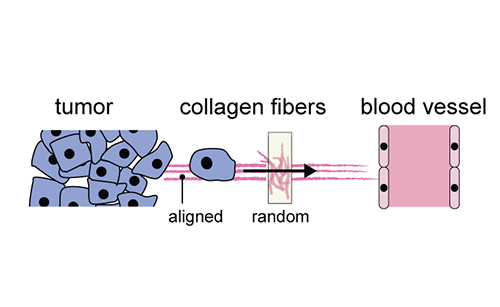
Microengineered Tumor-Mimetic Collagen Landscapes
Vinay Abhyankar, Principal Investigator
Understanding the way cells move around the body has important implications related to early embryonic development, cancel cell movement and wound healing. Dr. Abhyankar's latest research, funded by an NIH Exploratory/Developmental Research Award, aims to expand the body of knowledge around how cells decide when and how to move. Specifically, his research will create regions of random alignment of collagen within an otherwise homogeneously aligned environment and then look at how cells interpret and respond to these variations. Dr. Abyhankar continues to advance his research at a rapid pace with four new federal awards in 2022 from NSF (1) and NIH (3). He is widely published and committed to training the next generation of biomedical engineers. Additional information about Dr. Abhyankar's research can be found at https://abhyankarlab.org. In addition, Dr. Abhyankar is active on Twitter - follow him at @abhyankar_lab.
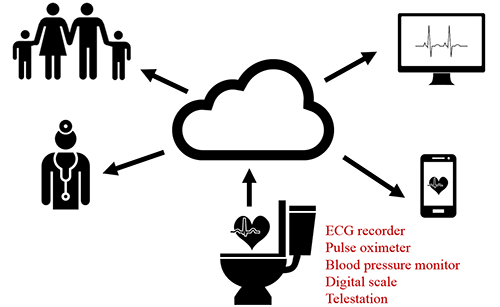
Inconspicuous Daily Medical Analyses
David Borkholder, Principal Investigator
Cardiovascular disease impacts nearly 30% of those over age 65 and is the leading cause of death in the United States. The direct costs of medical care and indirect costs of cardiovascular disease approached $450 billion a year in 2010, and are projected to rise to over $1 trillion a year by 2030. Tracking daily changes in one’s cardiovascular health can be critical in diagnosing and managing cardiovascular diseases, such as heart failure and hypertension. More >
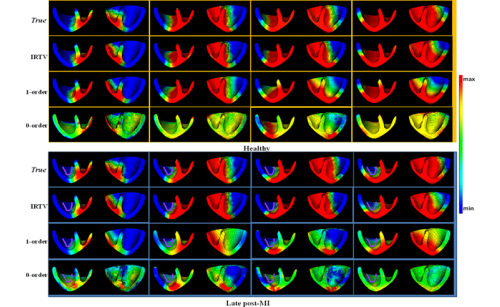
Transmural Electrophysiological Imaging to Guide Catheter Ablation of Arrhythmias
Linwei Wang, Principal Investigator
Cardiac arrhythmia accounts for increasing risk for all strokes (15%), heart failure, and mortality. The currently used minimally invasive procedure, i.e. catheter ablation, relies on point-by-point contact mapping on the heart surface to construct a 3D map of activation sequence. More >
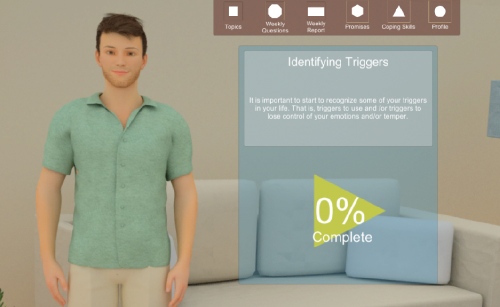
Avatar Assisted Digitized Platforms to Assess and Treat Addiction and Family Violence
Caroline Easton, Principal Investigator
Addiction and domestic violence are public health concerns that contribute to the burden of disease and psychiatric disorders across the world. The main goal of this research is to use advancements in evidenced-based care and technology to help reduce addiction and conflict among families where addiction and aggression are prevalent. More >
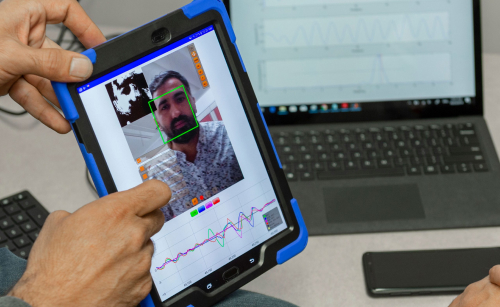
Video Detection of Cardiac Arrhythmias
Gill Tsouri, Principal Investigator
Facial videoplethysmography provides non-contact measurement of heart activity based on blood volume pulsations detected in facial tissue. Typically, the signal is extracted using a simple webcam followed by elaborated signal processing methods, and provides limited accuracy of time-domain characteristics. More >
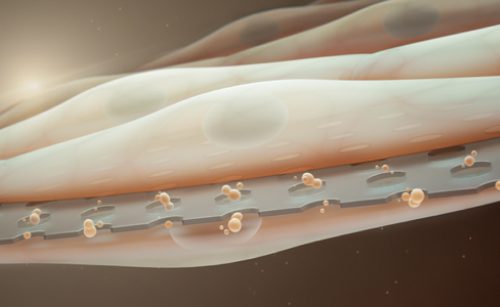
In Vitro Cellular Barrier Models
Tom Gaborski, Principal Investigator
Dr. Gaborski's research group is using ultrathin membranes to enable the development of novel co-culture and barrier models, as well as improved measurement and analysis of real-time barrier function. The ultrathin nature of the membranes not only enables improved physiological processes but also optical, electrical and biochemical analysis of barrier properties. More >
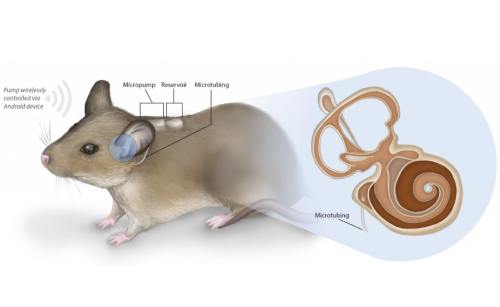
Auditory Dysfunction Therapies
David Borkholder, Principle Investigator
This new therapy is being developed in the mouse model system and uses implantable micropumps and quantitative non-invasive analysis of drug concentrations to advance intracochlear drug delivery for therapy development. More >
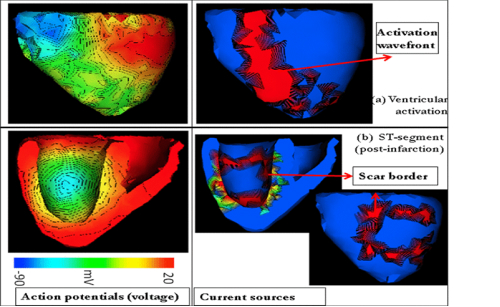
Integrating Physical Models into Data-Drive Inference
Linwei Wang, Principal Investigator
Scientific research across many domains has been increasingly enabled by paralleled advances in two broad disciplines: computer modeling that supports quantitative, multi-scale, and multi-physics simulation of the behavior and mechanism of complex systems, and modern sensor technologies that continuously improve the quantity and quality of measurement data available for analysis. More >
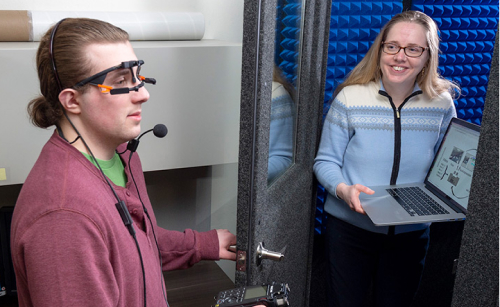
REU Site: Computational Sensing
Cecilia Ovesdotter Alm, Principal Investigator,
Reynold Bailey, Co-Investigator
The goal of this Research Experiences for Undergraduates (REU) Site is to give students experience with fundamental research in acquisition and fusion of multisource sensing data related to human beings. More >
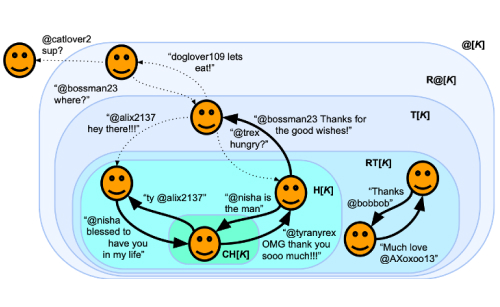
Social Media – A Remote Sensor Network
Christopher Homan, Principal Investigator
Dr. Homan, an associate professor in Computer Science and a PHT180 leadership team member, is creating a learning framework to detect job-related tweets from individual and business accounts. The framework will be supervised using crowdsourcing feedback and local knowledge. More >